How To Make Thai Red Rubies Dessert
Thai Red Rubies Dessert, known locally as Tub Tim Grob, is a jewel-toned Thai delicacy that’s as refreshing as it is beautiful. At JustThaiRecipes, our passion for authentic Thai cuisine began with a simple goal: to share Thailand’s bold and vibrant flavors with home cooks everywhere. On our About page, we tell the story of how a love for traditional Thai food blossomed into a journey of discovery, one recipe at a time. Thai Red Rubies Dessert is one such creation that perfectly captures the essence of Thai culinary artistry.
In this comprehensive guide, you’ll uncover everything about this delightful dessert from its cultural roots and ingredients to a detailed step-by-step recipe. Whether you’re searching for “Thai red rubies dessert near me” or planning to impress guests with your homemade version, this article has all you need to succeed.
Table of Contents
Table of Contents
Understanding Thai Red Rubies Dessert
What is Red Rubies Thai Dessert?
Red Rubies Thai Dessert is a traditional Thai sweet that combines chewy, jewel-like water chestnuts coated in tapioca flour with creamy coconut milk and crushed ice. Known for its stunning appearance and refreshing qualities, this dessert is particularly popular during Thailand’s sweltering summer months. Unlike other desserts that rely on heavy creams or baked textures, Tub Tim Grob delights with its lightness and crunch.
This dessert also goes by several names online—such as Thai red rubies dessert recipe, red ruby dessert, and even water chestnut dessert Thai style—reflecting its growing global appeal.
Origins and Cultural Significance of Tub Tim Grob
The name Tub Tim Grob translates literally to “crunchy rubies” in Thai. Historically, it has been associated with good fortune and prosperity because of its vibrant red color, reminiscent of precious gemstones. This symbolic meaning makes it a popular dessert during Thai New Year (Songkran) celebrations and family gatherings.
In traditional Thai street markets, vendors often serve it alongside other beloved sweets like mango sticky rice and bua loy, adding to its reputation as one of the most delicious Thai desserts you must try.
Print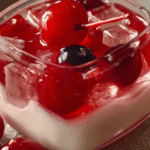
Thai Red Rubies Dessert
- Prep Time: 30 minutes
- Cook Time: 20 minutes
- Total Time: 50 minutes
- Yield: 4 servings 1x
- Category: Dessert
- Method: Boiling
- Cuisine: Thai
- Diet: Vegan
Description
A refreshing and vibrant Thai dessert made with crunchy water chestnuts coated in tapioca starch, served in sweet pandan syrup and creamy coconut milk over crushed ice. Perfect for cooling off on a hot day.
Ingredients
- 1 8oz-can whole water chestnuts (or fresh)
- Red food colouring or beet juice
- ¼ – ½ cup tapioca starch
- ½ cup sugar
- 1½ cup water (or fresh jasmine water)
- 1 pandan leaf
- Optional: a dash of rose water or orange blossom water
- ¾ cup coconut milk
- ¼ cup water
- 1 pandan leaf
- ⅛ tsp salt
- Crushed ice
- Ripe jackfruit (fresh or canned), optional
- Young coconut meat, optional
Instructions
- Cut water chestnuts into 1cm cubes.
- Cover chestnuts with water and add red food colouring (10-15 drops) until bright red.
- Prepare syrup: boil pandan leaves in 1½ cup water for 10 minutes, add sugar, stir to dissolve, and chill completely.
- Prepare coconut milk: boil coconut milk, ¼ cup water, pandan leaf, and salt for 5 minutes. Chill.
- Bring a large pot of water to a boil. Meanwhile, drain chestnuts and place in a mixing bowl.
- Coat chestnuts with 2 tbsp tapioca starch, toss, then repeat with more starch until coated (¼ – ½ cup total).
- Place coated chestnuts in a strainer and shake off excess starch. Prepare an ice water bowl.
- Drop half of the chestnuts into boiling water, stir briefly, and cook for 2-3 minutes (boil an additional minute after they float).
- Scoop out chestnuts with a slotted skimmer, dunk in ice water briefly to set the coating. Check for uncooked white spots and reboil if necessary.
- Repeat cooking process for remaining chestnuts.
- Drain rubies and keep at room temperature until serving.
- To serve: place rubies in a bowl, add optional jackfruit or coconut meat, pour syrup to nearly cover rubies, top with coconut milk (about 2 parts syrup to 1 part coconut milk), add crushed ice, stir, and enjoy.
Notes
- Adjust red food colouring to achieve desired colour intensity.
- Rubies are best eaten fresh but can stay at room temperature for up to a day.
- For a floral note, add rose water or orange blossom water to the syrup.
- Optional toppings like jackfruit and coconut meat enhance flavour and texture.
Nutrition
- Serving Size: 1 cup
- Calories: 210
- Sugar: 28g
- Sodium: 75mg
- Fat: 7g
- Saturated Fat: 6g
- Unsaturated Fat: 1g
- Trans Fat: 0g
- Carbohydrates: 38g
- Fiber: 1g
- Protein: 1g
- Cholesterol: 0mg
Keywords: Thai Red Rubies Dessert, Tub Tim Grob, Thai desserts, coconut milk dessert, vegan Thai dessert
Thai Red Rubies Dessert Ingredients Explained
Core Ingredients for Red Rubies Dessert
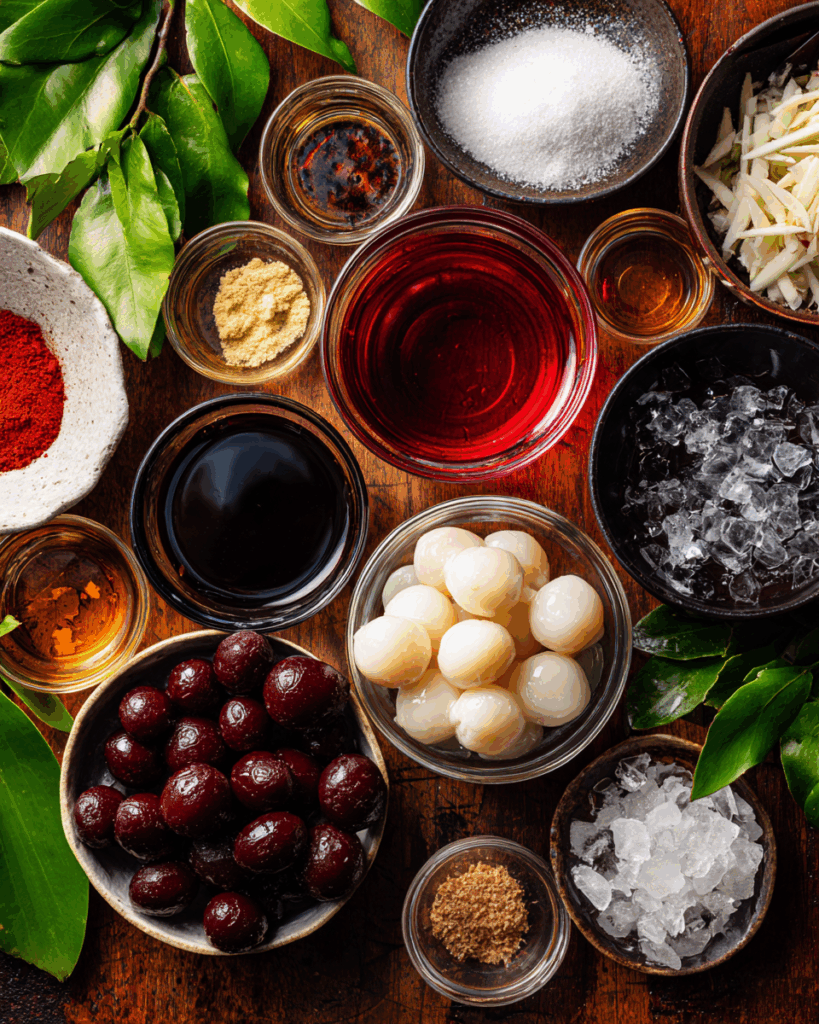
The beauty of Thai Red Rubies Dessert lies in its simplicity and the contrast of textures and flavors. Here’s a closer look at the key components:
- Water Chestnuts (Tub Tim): These crunchy gems form the “rubies.” You can use either canned or fresh whole water chestnuts, but fresh ones offer a superior crunch.
- Red Food Coloring or Beet Juice: This is what gives the chestnuts their jewel-like red hue. For a natural alternative, beet juice works beautifully.
- Tapioca Starch: Coating the dyed chestnut pieces in tapioca starch creates that signature translucent, chewy layer after boiling.
- Coconut Milk: The rich, creamy base that balances the dessert’s sweetness.
- Pandan Leaves: Used to infuse subtle floral notes into both the syrup and coconut milk.
This ingredient combination creates a dessert that is not only refreshing but also visually stunning—an important quality in many Thai desserts with coconut milk.
Optional Additions for an Authentic Taste
To elevate your Red Rubies Dessert, consider adding:
- Ripe Jackfruit: Thin slices bring a fruity sweetness that pairs perfectly with the rubies.
- Young Coconut Meat: Adds a delightful texture and enhances the coconut flavor.
- Crushed Ice: Essential for turning this dessert into a perfect summer cooler.
If you’re curious about other coconut milk-based desserts, don’t miss our Thai Green Chicken Curry for a savory dish that balances richness and freshness: Check out Thai Green Chicken Curry.
These carefully selected ingredients highlight why Tub Tim Grob stands out among Thai sweets and why so many people search for Thai red ruby dessert near me hoping to experience its charm.
Step-by-Step Thai Red Rubies Dessert Recipe
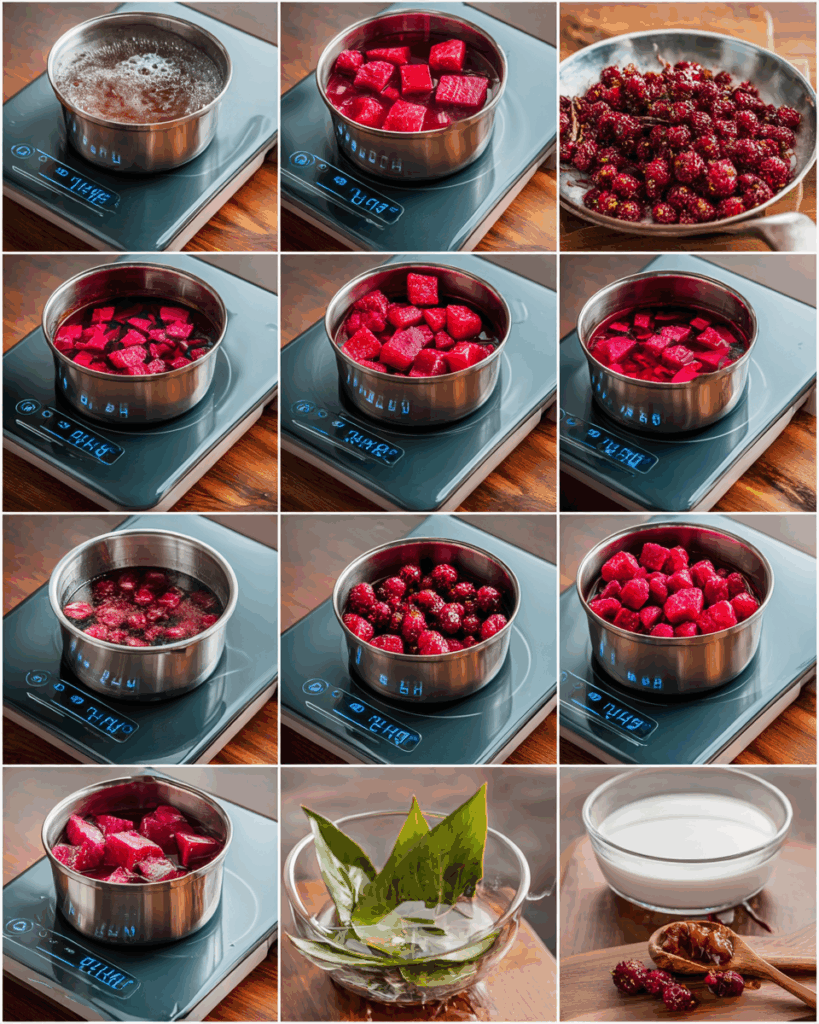
If you’ve ever dreamed of making Thai Red Rubies Dessert recipe at home, this is your moment. Below, you’ll find a step-by-step guide that brings Thailand’s summer favorite into your kitchen. This process combines vibrant colors, delicate textures, and refreshing flavors—all hallmarks of Thai culinary tradition.
Ingredients at a Glance
| Ingredient | Quantity | Notes |
|---|---|---|
| Whole water chestnuts | 1 (8oz) can or fresh | Cut into 1cm cubes |
| Red food coloring or beet juice | As needed | For vibrant ruby color |
| Tapioca starch | ¼ – ½ cup | For coating the chestnuts |
| Sugar | ½ cup | For the syrup |
| Water or jasmine water | 1½ cups | Jasmine water adds floral fragrance |
| Pandan leaf | 1 | Optional for extra aroma |
| Coconut milk | ¾ cup | Main liquid for the dessert |
| Water | ¼ cup | For adjusting coconut milk consistency |
| Salt | ⅛ tsp | Balances the sweetness |
| Crushed ice | As needed | For serving |
| Ripe jackfruit (optional) | Thin slices | Fresh or canned |
| Young coconut meat (optional) | To taste | Adds chewy texture |
Step 1: Prepare the Water Chestnuts
Start by cutting the whole water chestnuts into uniform 1cm cubes. Place them in a bowl and add just enough water to cover. Then stir in 10-15 drops of red food coloring until the water turns a vivid ruby hue. For a natural tint, substitute beet juice and adjust until your preferred shade appears. Let them soak while you prepare other elements.
Step 2: Make the Syrup
In a small saucepan, combine 1½ cups water (or jasmine water) and one pandan leaf. Bring to a boil and let it simmer for 10 minutes. Add sugar and stir until dissolved completely. Remove from heat and let the syrup chill in the refrigerator. You can enhance it with a dash of rose water or orange blossom water for a more floral profile.
Step 3: Prepare the Coconut Milk
In another saucepan, combine ¾ cup coconut milk, ¼ cup water, a pandan leaf, and ⅛ teaspoon salt. Gently bring to a boil and simmer for 5 minutes. Set aside to cool, then refrigerate until ready to serve. This creamy coconut milk is what makes Thai dessert with coconut milk so irresistible.
Step 4: Coat and Cook the Rubies
Drain the soaked chestnuts and place them in a mixing bowl. Sprinkle about 2 tablespoons of tapioca starch over the chestnuts and toss to coat evenly. Repeat until all pieces are coated in a thin, even layer, using approximately ¼–½ cup starch total.
Bring a large pot of water to a rolling boil. Gently drop half of the coated chestnuts into the water. Stir briefly to prevent sticking and cook for 2–3 minutes or until they float. Scoop them out with a slotted spoon and immediately plunge into a bowl of ice water to set their chewy, translucent coating. Repeat for the remaining batch.
Step 5: Assemble and Serve
To serve, place a scoop of rubies in a chilled serving bowl. Add optional toppings like jackfruit slices or young coconut meat. Pour syrup over the rubies until almost submerged, then spoon a few tablespoons of chilled coconut milk on top. Finish with crushed ice and stir gently for an icy, refreshing treat.
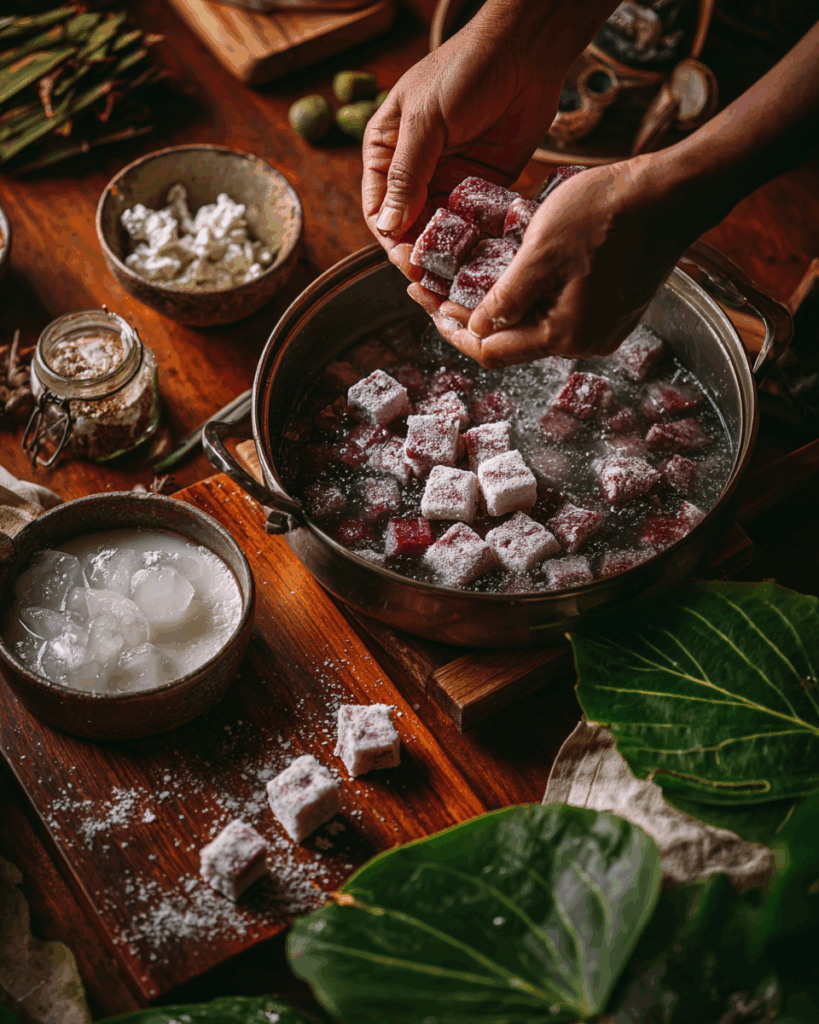
For more Thai culinary inspiration beyond desserts, don’t miss our guide to Thai Crispy Fried Chicken—it’s perfect for pairing with a sweet finish like Tub Tim Grob: Learn How To Make Thai Crispy Fried Chicken.
This step-by-step method ensures your homemade water chestnut red ruby dessert rivals those found in Bangkok’s bustling street markets.
Why Thai Red Rubies Dessert is So Popular
Refreshing Qualities in Thailand’s Hot Climate
In the tropical heat of Thailand, desserts aren’t just a treat—they’re a necessity. Thai Red Rubies Dessert perfectly fits this role with its blend of chewy water chestnuts, crushed ice, and creamy coconut milk. Every spoonful delivers a burst of coolness and subtle sweetness that makes it ideal for hot summer days.
Many food lovers who search online for Thai red ruby dessert near me are drawn to its reputation as one of Thailand’s most refreshing sweets. Unlike baked goods, Tub Tim Grob requires no oven, making it practical even in home kitchens without advanced equipment.
For those curious about exploring more chilled Thai desserts, check out this excellent guide from Serious Eats: A Guide to Thai Desserts and How to Make Them.
Aesthetics and Appeal of Red Ruby Dessert
Food is as much about visual delight as flavor, and this dessert proves it. The bright ruby-red chestnuts floating in white coconut milk create a striking contrast, which is why it often tops lists of the most photogenic Thai desserts.
Its jewel-like appearance isn’t accidental—it’s part of the reason Tub Tim Grob remains a favorite at celebrations and restaurants worldwide. Many people even call it the “Thai dessert with coconut milk that looks like pearls” because of its beautiful texture and presentation.
If you’re curious how other cultures use similar ingredients, BBC Good Food offers a wonderful take on Water Chestnut Sweets in various Asian cuisines.
Global Recognition and Culinary Influence
As Thai cuisine continues to gain international acclaim, Tub Tim Grob has found its way into menus from Bangkok to New York. Foodies often consider it alongside other iconic desserts like mango sticky rice and bua loy.
For a closer look at traditional Thai desserts and their cultural significance, explore this feature by The Spruce Eats: Classic Thai Desserts You Should Know.
Want to make your Thai meals complete? Discover great ideas like Coconut Mango Chicken Curry that pair beautifully with Tub Tim Grob: Coconut Mango Chicken Curry Recipe.
Variations of Thai Red Rubies Dessert
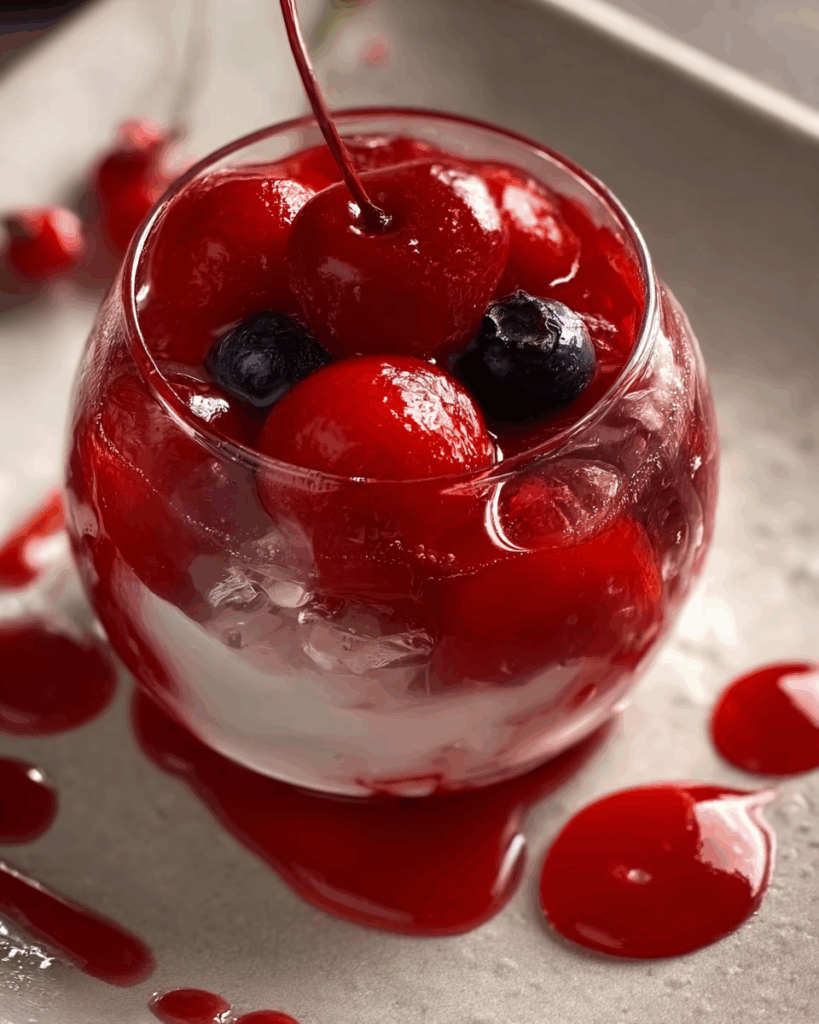
Thai Dessert With Coconut Milk Variations
Thai Red Rubies Dessert has stood the test of time because of its adaptability. While the traditional version features water chestnuts coated in tapioca flour, served with coconut milk and crushed ice, modern home cooks and chefs alike have experimented with new twists on this classic.
In contemporary kitchens, variations often include adding tropical fruits like mango, lychee, or even dragon fruit. These vibrant additions not only enhance flavor but also elevate the visual appeal of the dish. Vegan adaptations are also growing in popularity, with plant-based sweeteners replacing refined sugar and beet juice used instead of artificial red coloring.
These creative tweaks maintain the dessert’s identity while making it accessible to a wider audience.
Vegan and Healthier Versions of Tub Tim Grob
Health-conscious foodies can rejoice knowing that Tub Tim Grob easily transforms into a lighter dessert. Instead of regular coconut milk, low-fat coconut milk or almond milk can be used. Natural sweeteners like palm sugar or agave syrup substitute beautifully for white sugar, delivering a subtler sweetness.
For a fully vegan option, all the traditional ingredients already align with plant-based eating. You only need to ensure that no additives in the food coloring conflict with a vegan lifestyle.
Comparison Table: Traditional vs. Modern Variations
| Feature | Traditional Version | Modern Adaptations |
|---|---|---|
| Sweetener | White sugar | Palm sugar, agave, coconut sugar |
| Coloring | Red food coloring | Beet juice or pomegranate juice |
| Coconut Milk | Full-fat coconut milk | Low-fat coconut milk, almond milk |
| Toppings | Optional jackfruit and young coconut | Mango, lychee, dragon fruit |
| Presentation | Classic bowl with crushed ice | Layered parfaits, served in mason jars |
These variations prove that Water Chestnut Red Ruby Dessert is more than just a traditional sweet—it’s a canvas for culinary creativity. Whether you prefer sticking to authentic flavors or experimenting with new ones, this dessert adapts to your taste and lifestyle.
Pairings and Serving Suggestions
Ideal Pairings with Other Thai Sweets
While Thai Red Rubies Dessert shines on its own, pairing it with other Thai sweets creates a delightful tasting experience. Imagine serving Tub Tim Grob alongside mango sticky rice, where the creamy coconut milk complements the rich sweetness of ripe mango. Another perfect companion is bua loy, a comforting Thai dessert with chewy rice flour balls in warm coconut milk.
For a dessert platter, consider adding Thai coconut pancakes (khanom krok). Together, these treats offer a harmony of textures—chewy, creamy, and crunchy—all united by the signature fragrance of coconut milk. This combination transforms any meal into a celebration of Thailand’s culinary diversity.
Presentation Tips for Stunning Desserts
Presentation elevates this dessert from a simple sweet to an eye-catching masterpiece. Serve Thai Red Rubies Dessert in a clear glass bowl or parfait glass to highlight the jewel-like chestnuts suspended in coconut milk. Layer the rubies with thin slices of ripe jackfruit or cubes of mango for vibrant pops of color.
Crushed ice not only chills the dessert but also adds a glistening effect that enhances its visual appeal. For an added touch of sophistication, garnish with edible flowers or a drizzle of pandan-infused syrup. This approach makes it perfect for special occasions or even a casual summer gathering.
The beauty of Red Ruby Dessert lies in its adaptability—it’s as stunning on an Instagram feed as it is on a dining table. For those searching online for Thai red ruby dessert near me, these tips will help you recreate the restaurant-quality look and feel in your own kitchen.
Thai Red Rubies Dessert Near Me
It’s no surprise that food lovers worldwide often search for Thai red ruby dessert near me when craving this jewel-like treat. While authentic versions are found in Thai restaurants and street markets, homemade Tub Tim Grob offers an equally rewarding experience. Preparing it in your own kitchen allows you to control the sweetness, experiment with toppings, and enjoy it fresh—a quality that elevates its texture and taste.
Water Chestnut Dessert Thai Delights
Water chestnuts aren’t exclusive to Tub Tim Grob in Thai cuisine. They frequently appear in other traditional sweets, lending their signature crunch and subtle sweetness. These include chilled coconut milk puddings, where tender water chestnut pieces float alongside soft jelly cubes, and even in savory applications, demonstrating their versatility.
The use of water chestnuts in desserts adds a refreshing contrast to the rich creaminess of coconut milk, a key element in many Thai sweets. This characteristic is why water chestnut red ruby dessert remains a standout in Thailand’s dessert culture.
Red Ruby Fruit and Its Culinary Appeal
Although not a fruit itself, the dessert’s nickname—red ruby fruit—comes from its striking resemblance to pomegranate seeds or jewel-like berries. This visual appeal is one of the reasons Tub Tim Grob has gained popularity on social media platforms and food blogs. Its vibrant color and delicate translucence make it not just a dessert but also a centerpiece on the table.
The beauty of this dish lies in how a few humble ingredients—water chestnuts, tapioca starch, coconut milk, and syrup—transform into something that looks so luxurious.
Common Mistakes to Avoid
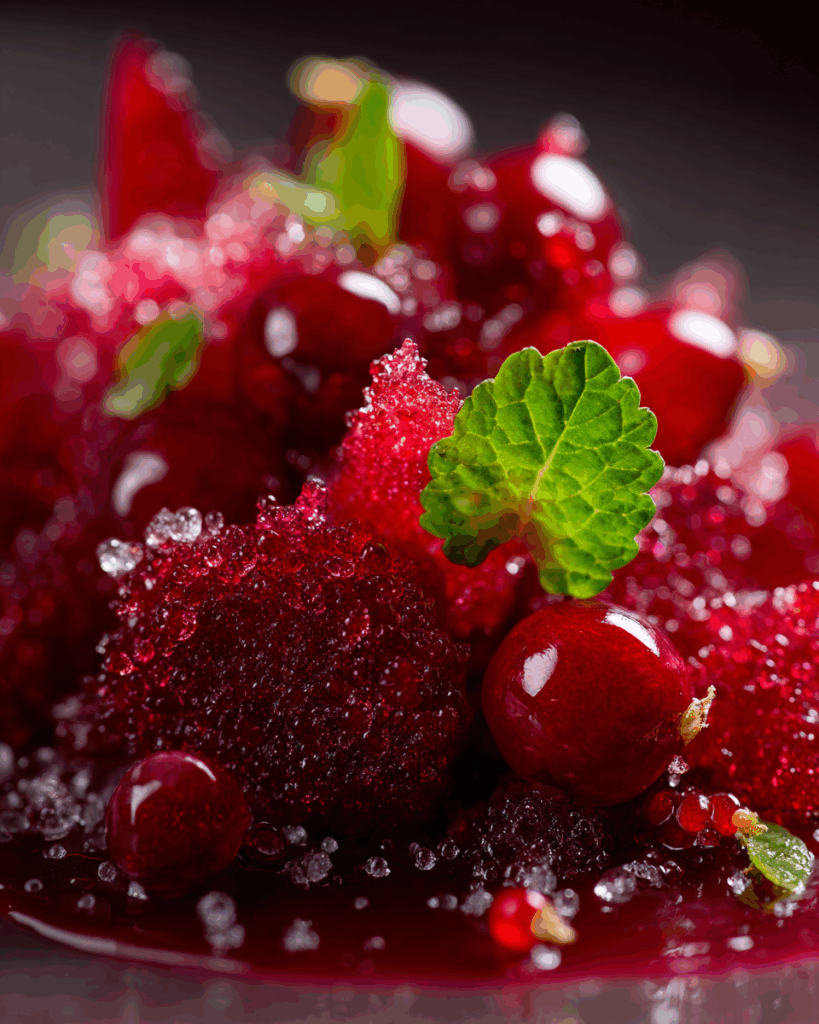
Overcooking or Undercooking Rubies
One of the most common challenges when making water chestnut red ruby dessert is cooking the coated chestnuts to perfection. Overcooking can turn the tapioca layer mushy, losing that signature chewy texture. Undercooking, on the other hand, leaves white starch spots, making the rubies look unfinished and grainy.
To get it right, pay attention as the rubies float to the water’s surface during boiling. Once they rise, allow them to simmer for another minute before transferring them to ice water. This step locks in the texture and gives the rubies their glossy, jewel-like appearance.
Achieving the Right Sweetness Balance
Balancing sweetness is crucial in Thai dessert with coconut milk. Too much sugar can overpower the delicate flavors of coconut milk and pandan, while too little may leave the dessert bland.
The key is tasting both the syrup and coconut milk separately before combining them. Adjust sugar levels carefully, remembering that the crushed ice will slightly dilute the overall sweetness when serving.
Using the Wrong Coconut Milk
Not all coconut milk is created equal. Low-quality or watered-down versions may lack the rich, creamy consistency that defines the authentic taste of red ruby dessert. Opt for full-fat coconut milk for a luxurious mouthfeel and traditional flavor.
Skipping the Ice Bath
The ice bath is not optional. It immediately stops the cooking process, firms up the tapioca coating, and enhances the rubies’ translucent sheen. Skipping this step results in clumps and an uneven texture, which can ruin the dessert’s elegant look and satisfying chewiness.
Conclusion
Thai Red Rubies Dessert is more than just a sweet treat—it’s a symbol of Thai culinary elegance. From its crunchy water chestnuts transformed into jewel-like rubies to its velvety coconut milk base, every bite of Thai Red Rubies Dessert reflects the perfect harmony of textures and flavors that Thailand is renowned for. This iconic dish doesn’t just please the palate; it also delights the eyes with its vibrant red pearls and creamy white contrast.
With this detailed guide to Thai Red Rubies Dessert, you now have all the knowledge and tips you need to recreate this stunning dessert right in your own kitchen. The process of making these ruby-red gems coated in tapioca starch, cooking them to a translucent perfection, and serving them chilled with crushed ice and fragrant coconut milk is an experience in itself—a ritual that brings the heart of Thai street food into your home.
Whether you’re preparing Thai Red Rubies Dessert for a family gathering, a dinner party, or simply to cool off on a hot summer day, this dessert promises to deliver a refreshing, textural, and absolutely delicious experience. For anyone still wondering if Thai Red Rubies Dessert is worth trying, the answer is a resounding yes—it’s truly a jewel in Thailand’s dessert crown.
Final Thoughts on Thai Red Rubies Dessert
Thai Red Rubies Dessert is a masterpiece of Thai cuisine that effortlessly combines beauty, flavor, and refreshment in every spoonful. This dessert isn’t just visually stunning with its jewel-like water chestnuts—it’s also a sensory delight. The creamy coconut milk, sweet syrup, and crushed ice create a balance that makes Thai Red Rubies Dessert perfect for warm weather or as a light ending to a flavorful Thai meal.
The appeal of Thai Red Rubies Dessert goes beyond its taste. It represents the ingenuity of Thai culinary traditions, where simple ingredients are transformed into a dish that looks and feels luxurious. Whether you’re savoring a bowl at a street food stall in Bangkok or preparing it at home for family and friends, Thai Red Rubies Dessert never fails to impress.
One of the reasons Thai Red Rubies Dessert is so beloved worldwide is its adaptability. From vegan-friendly tweaks to modern fruit additions, it caters to various preferences while staying true to its roots. It’s no wonder that food enthusiasts across the globe search for Thai red ruby dessert near me or try to replicate its authentic version in their kitchens.
If you’ve been hesitant to try making Thai Red Rubies Dessert at home, this detailed guide should erase any doubts. The steps are straightforward, and the reward is a dessert that’s not only delicious but also a conversation starter. So, gather your ingredients, follow the recipe, and treat yourself to the magic of Thai Red Rubies Dessert today.
FAQs About Thai Red Rubies Dessert
What is the Most Popular Dessert in Thailand?
Thailand boasts many famous desserts, but Thai Red Rubies Dessert ranks high among the most popular. Alongside mango sticky rice and bua loy, Tub Tim Grob remains a staple in Thai cuisine, beloved for its refreshing qualities and stunning presentation.
Its growing international fame has also led to creative versions that incorporate modern ingredients while staying true to the traditional recipe’s charm.
What Are Thai Red Rubies Dessert Made Of?
Red Rubies are made from diced water chestnuts dyed with red food coloring or natural beet juice. These pieces are tossed in tapioca starch to form a thin coating that becomes translucent when boiled. Once cooked, they’re cooled in ice water to set the chewy outer layer, then served with coconut milk, syrup, and crushed ice.
This simple yet elegant combination highlights the beauty of Thai Red Rubies Dessert and its signature chewy-crunchy texture.
What is the Red Dessert in Thailand?
The famous red dessert in Thailand is none other than Thai Red Rubies Dessert. Its vibrant ruby-red “gems” floating in creamy coconut milk give it a striking appearance. Often featured at Thai street food stalls and upscale restaurants alike, this dessert has become a culinary icon.
It’s commonly enjoyed as a light, cooling sweet after a spicy meal, reinforcing why it’s considered one of Thailand’s most beloved treats.
What is Red Rubies Thai Dessert?
Thai Red Rubies Dessert, known as Tub Tim Grob in Thailand, is a chilled sweet made of crunchy water chestnuts coated in tapioca starch. These chestnuts are boiled until they turn translucent and then served in fragrant coconut milk with crushed ice. The result is a refreshing dessert that’s especially popular during Thailand’s hot season.
This dessert stands out because of its jewel-like appearance and its balance of creamy, sweet, and crunchy textures, making it a favorite among both locals and tourists.


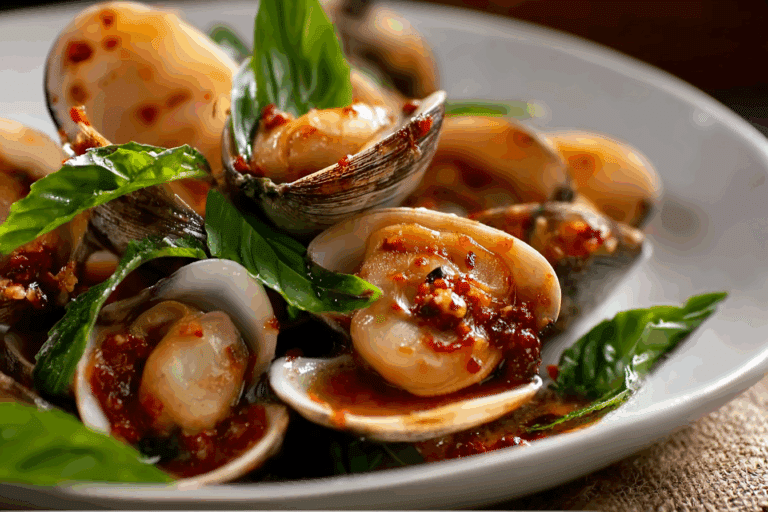
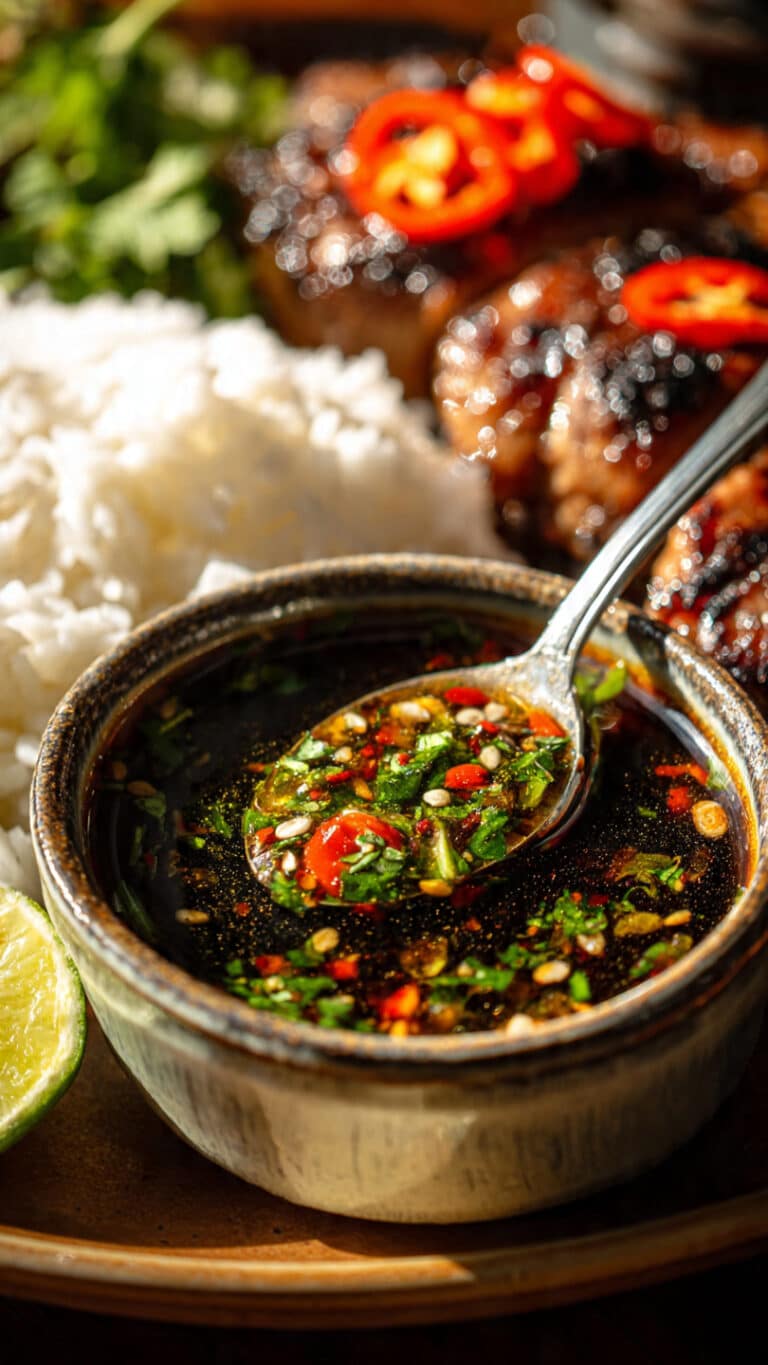
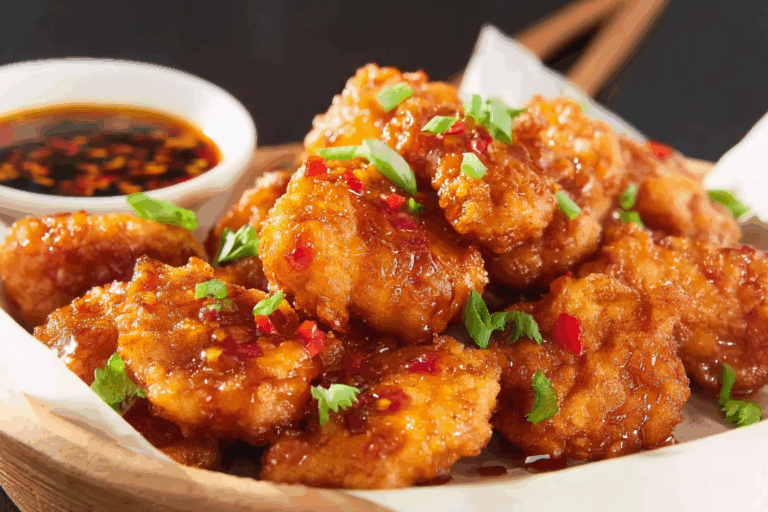
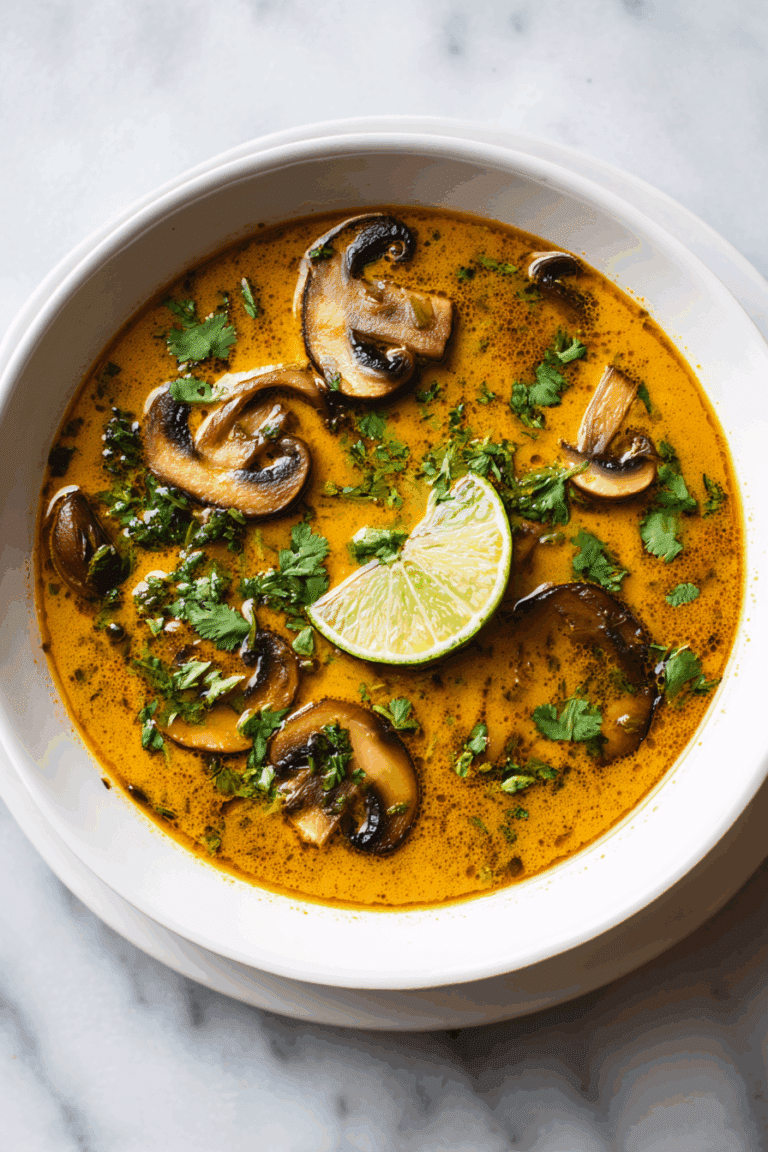
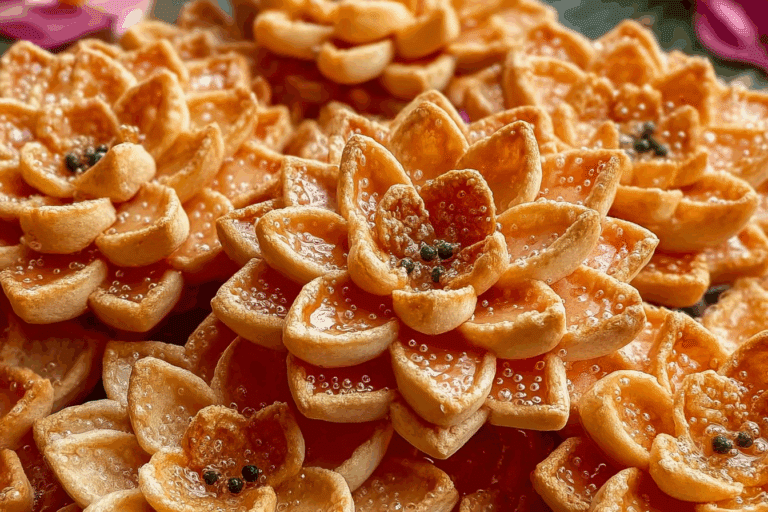
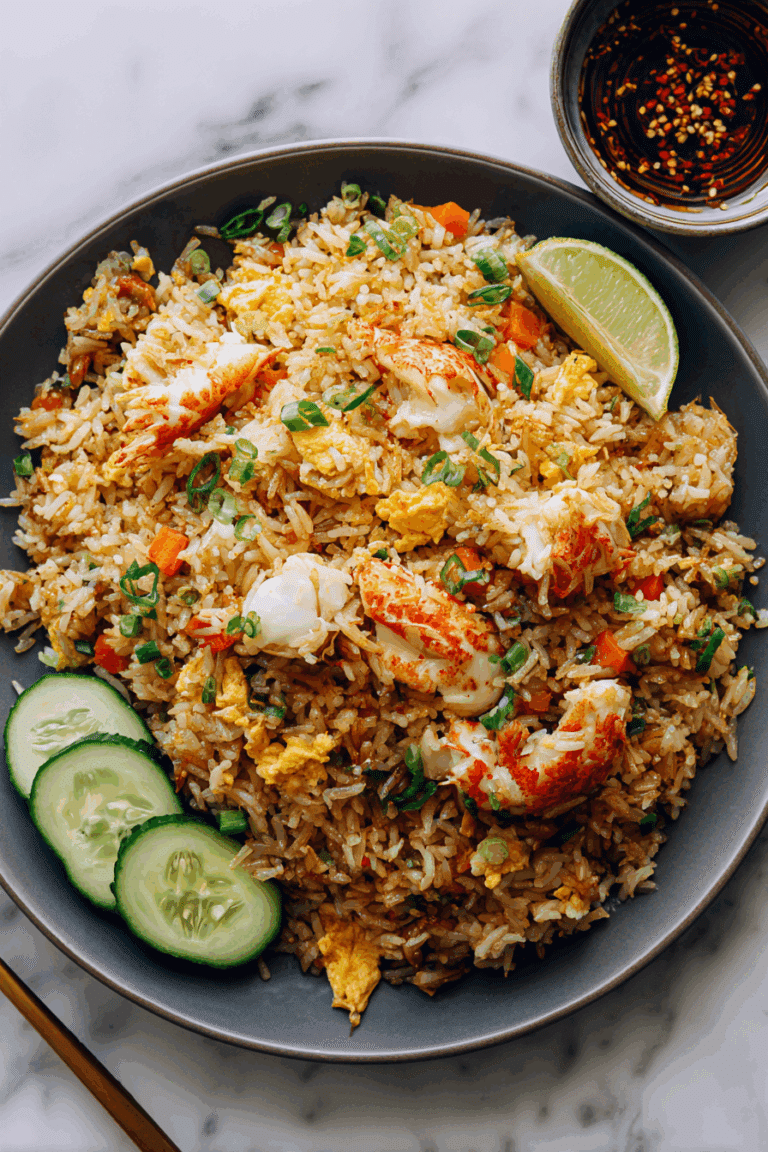
I wanted to thank you for this great read!! I definitely enjoying every little bit of it I have you bookmarked to check out new stuff you post…